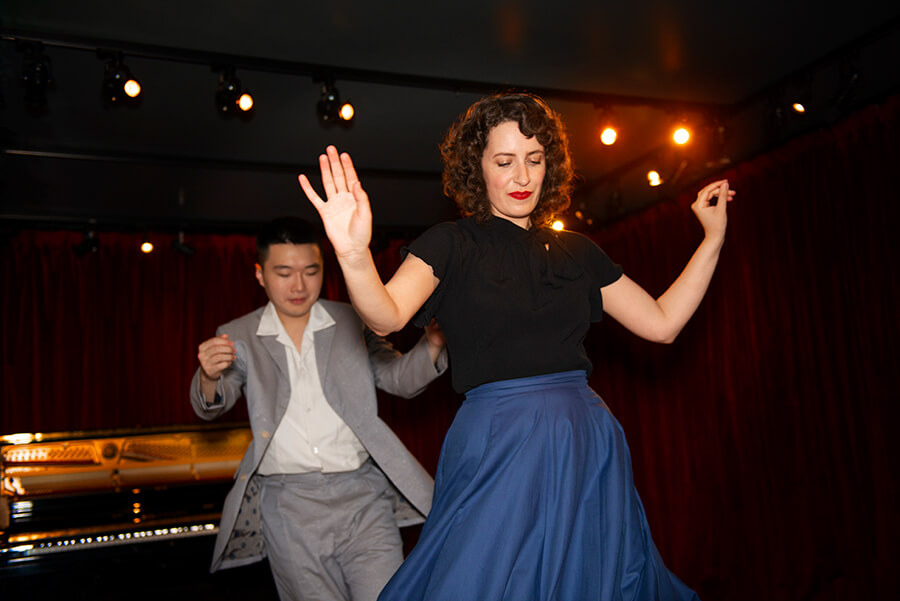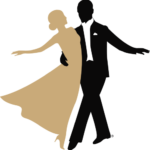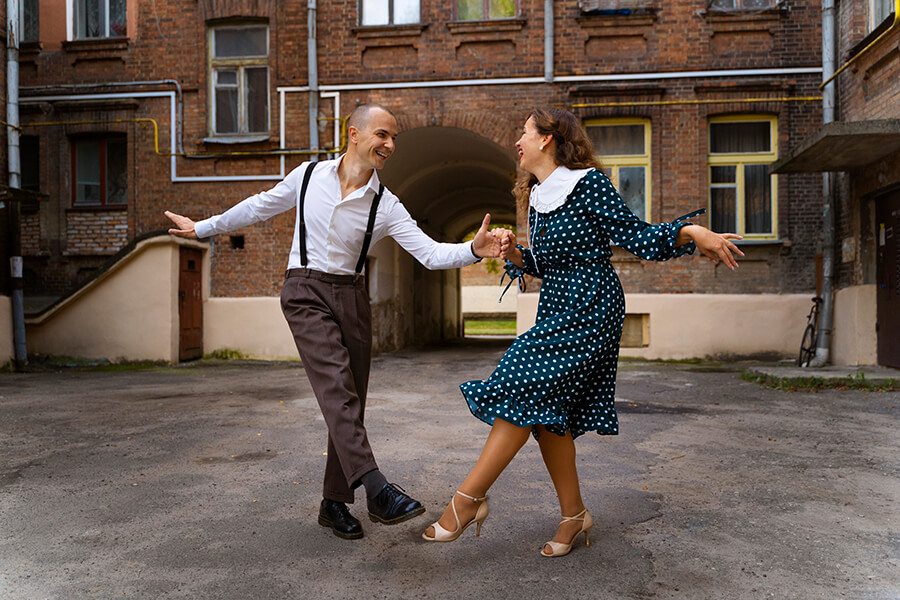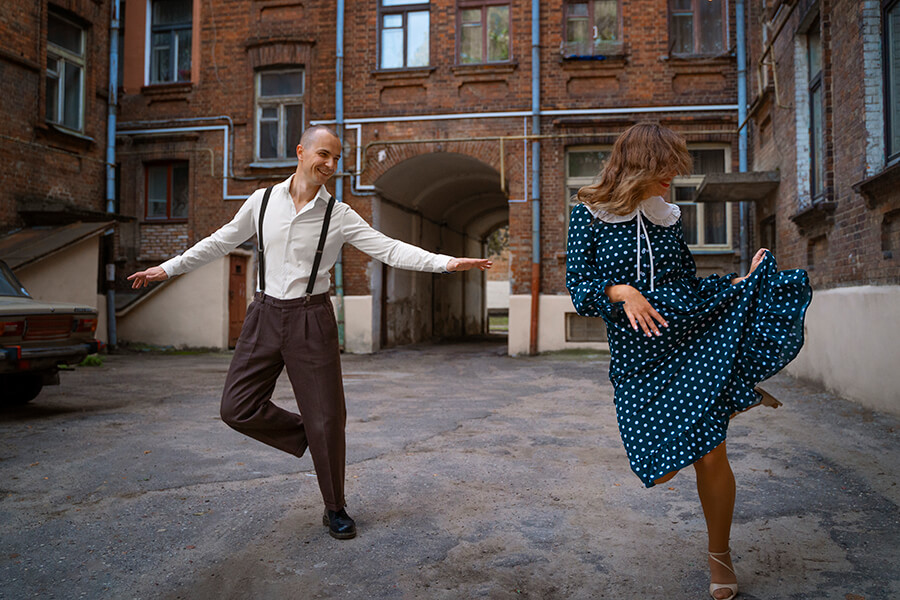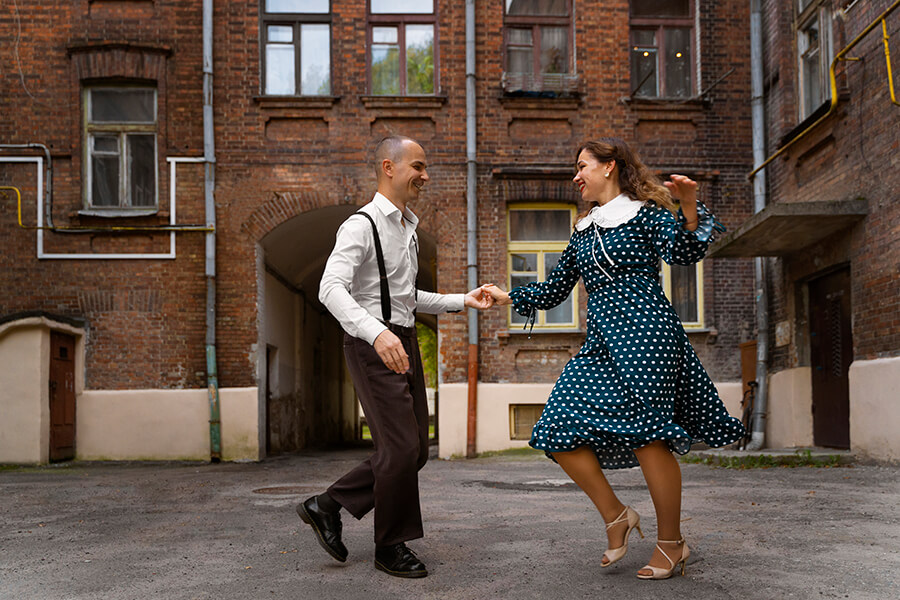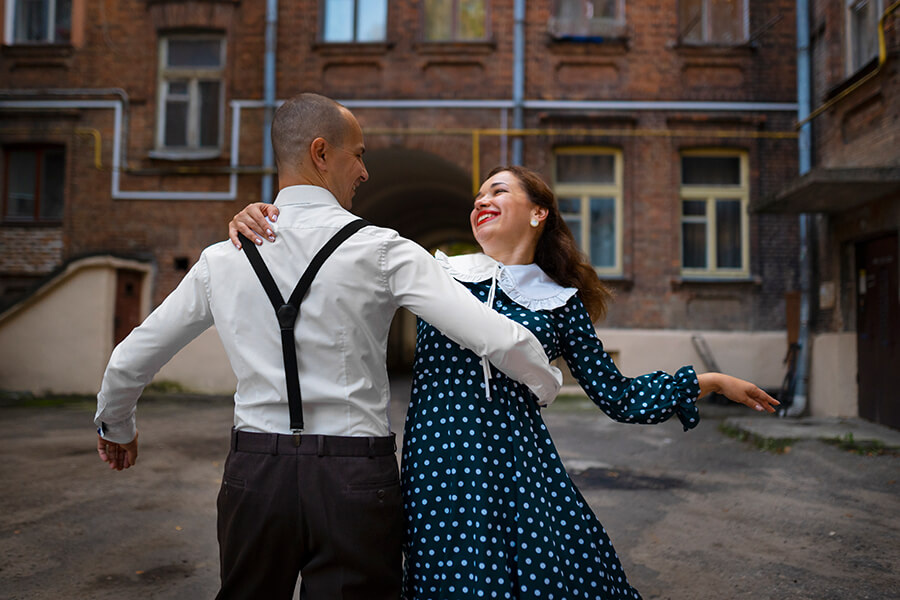With invigorating steps and a rich history, swing dancing is an exciting way to have fun and connect with a partner on the dance floor.
Swing dancing is said to have originated in the ballrooms and jazz clubs of Harlem in the 1920s, and quickly became a vibrant cultural phenomenon reflecting the excitement and zing of that era. Swing dances like Lindy Hop and Jive have evolved over almost a century, leaving a timeless blend of tradition and exuberance on dance floors and cultures all around the world.
